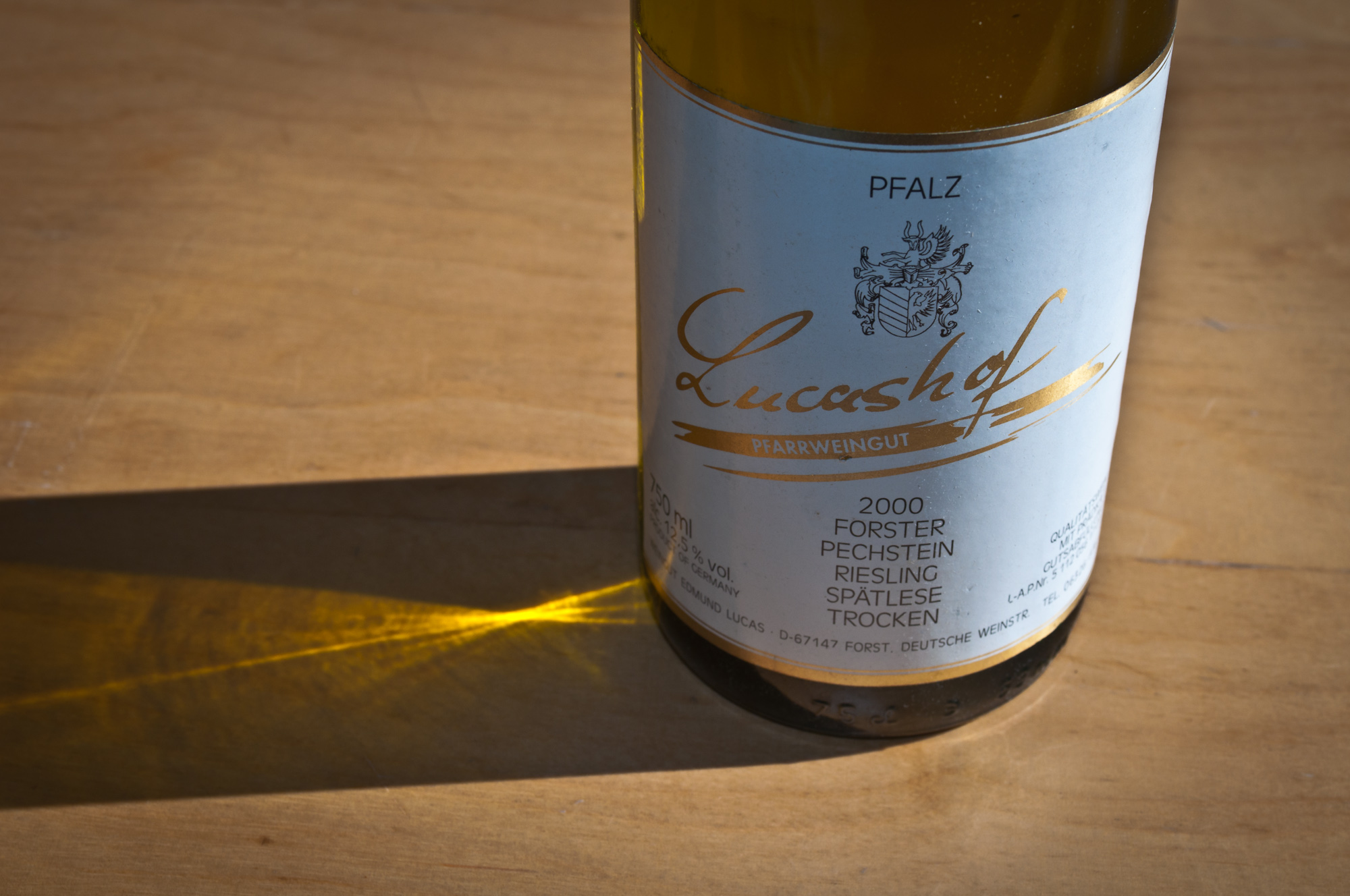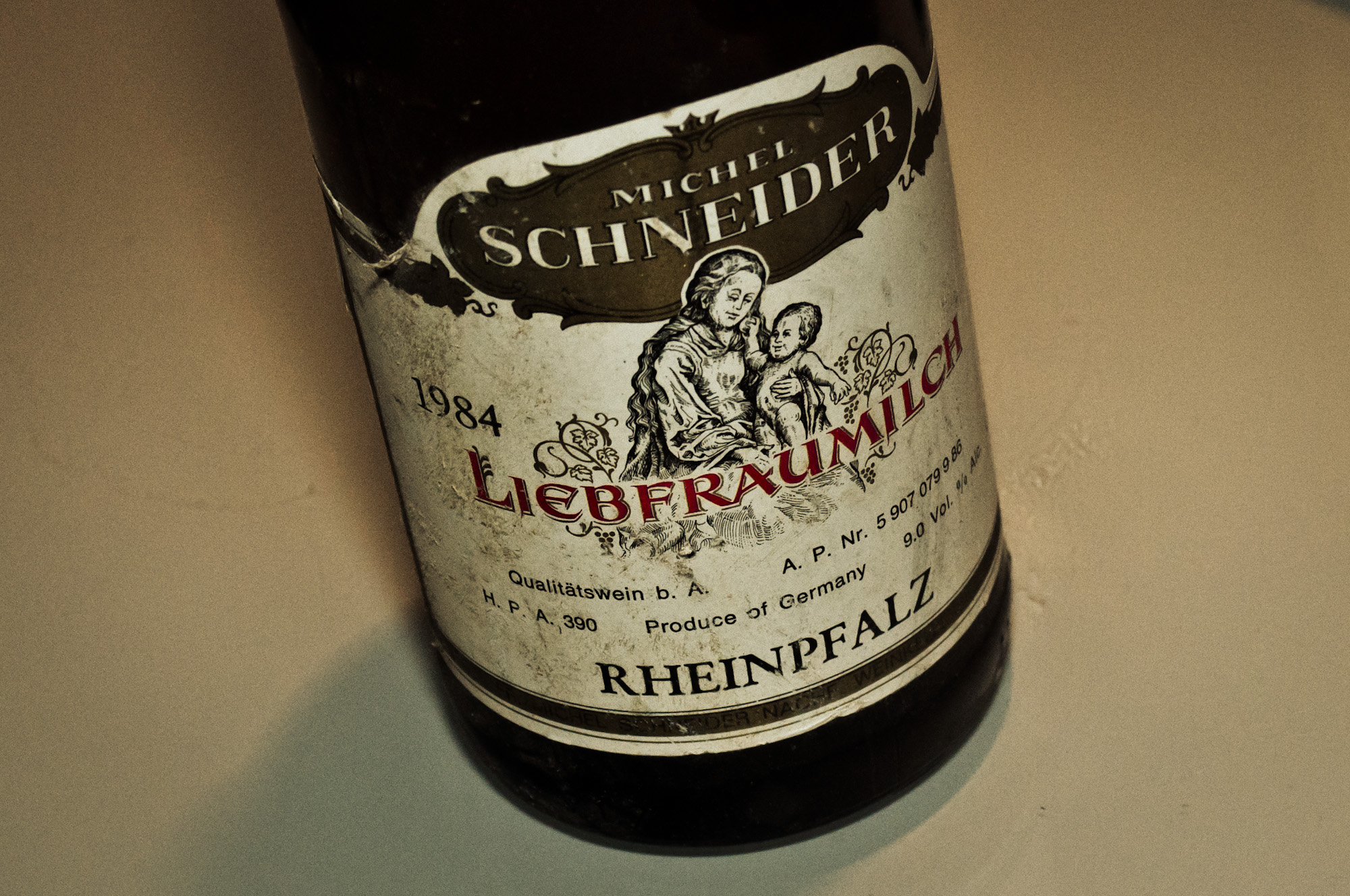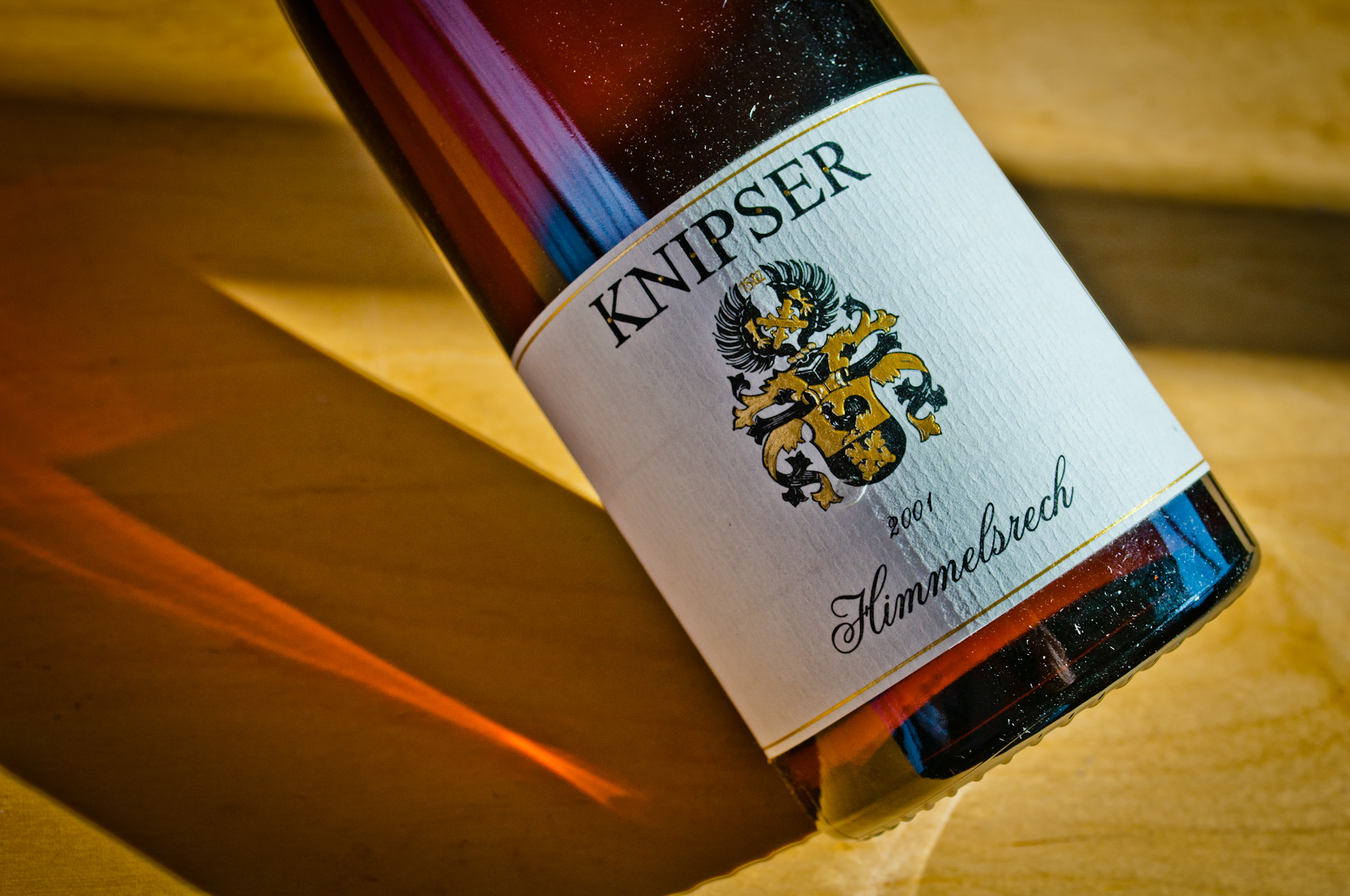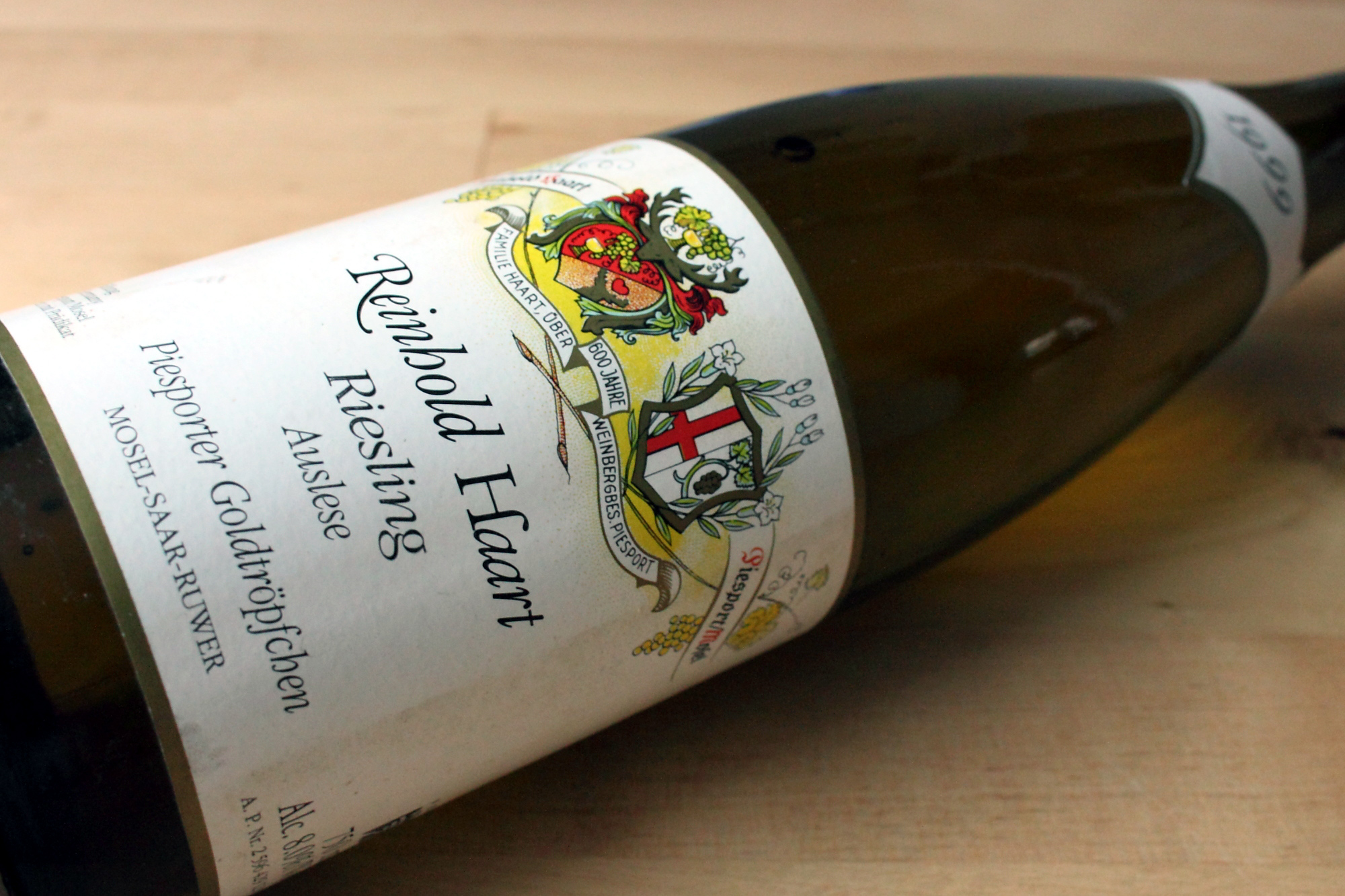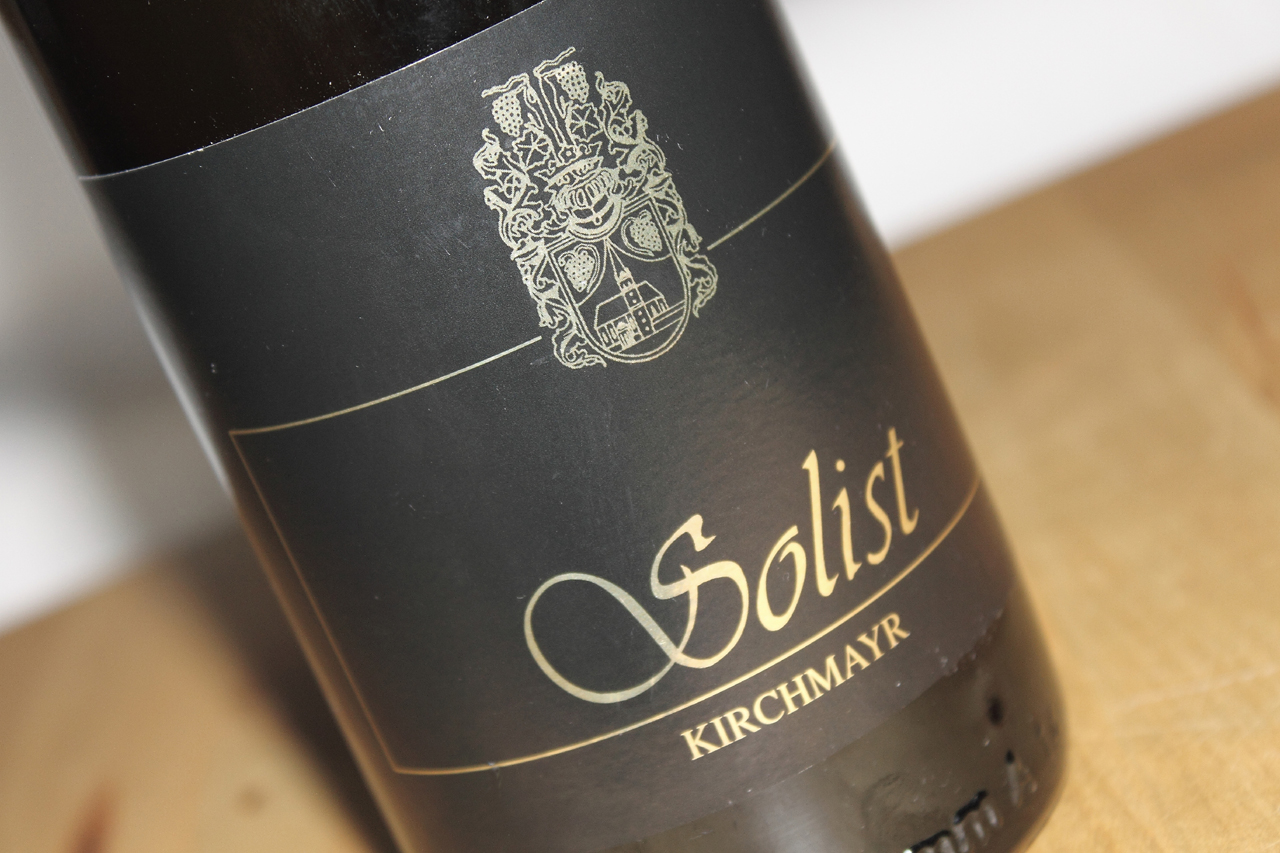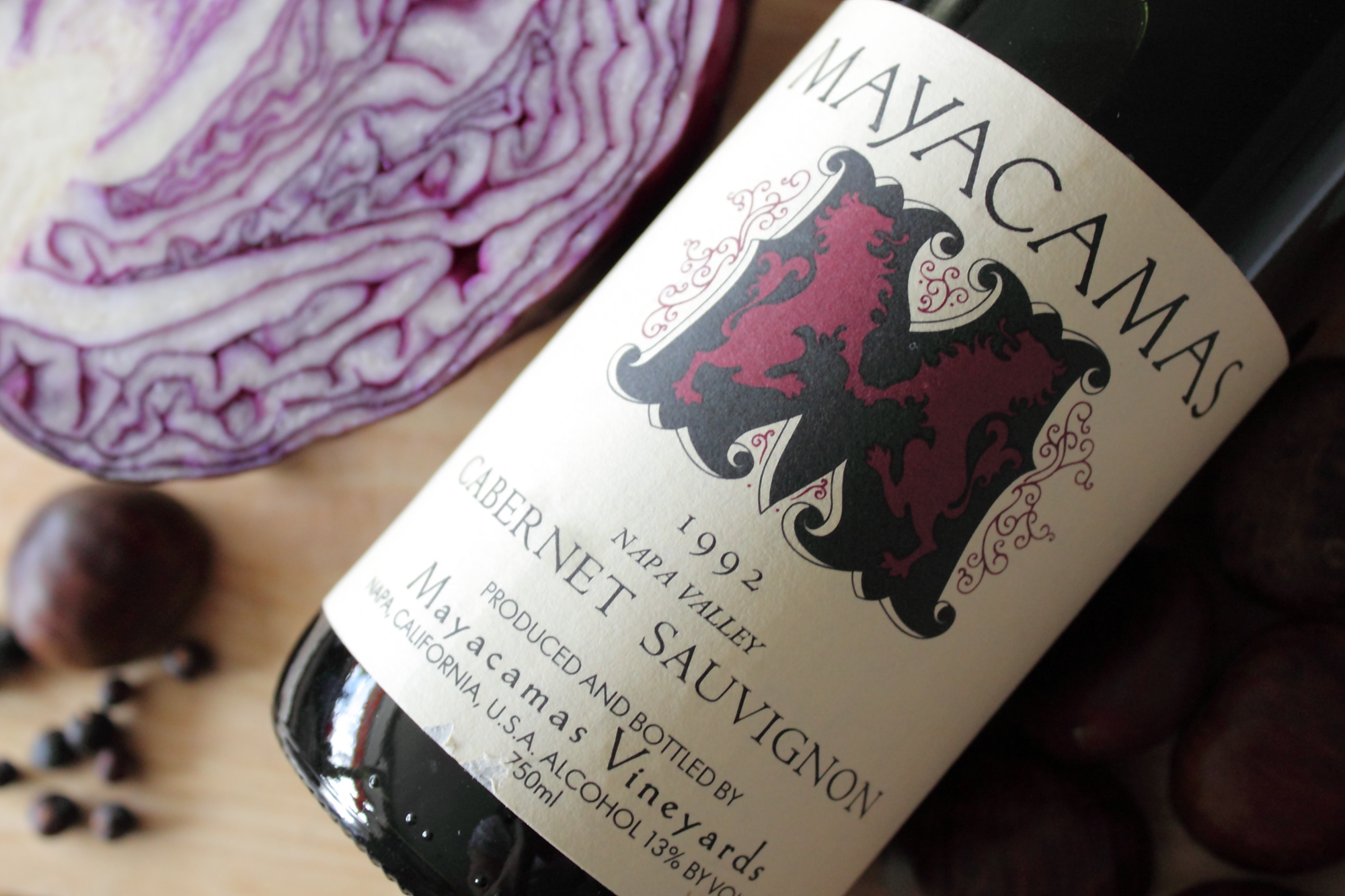A. Pies Söhne, Bernkasteler Kurfürstlay Q.b.A., 1979
This wine is one of two bottles that found their way to me under somewhat mysterious circumstances. As I have covered this elsewhere, let's for the moment focus more on the "what" than on the "how". And that in itself makes for an interesting case. As is common knowledge (even among non-wine drinkers) wine ages. Now, for most wines that just means a constant progression to a state of vinegar. Some will age for a few years without problem, but only a few do improve with ageing. And even among those thirty years is a respectable age.
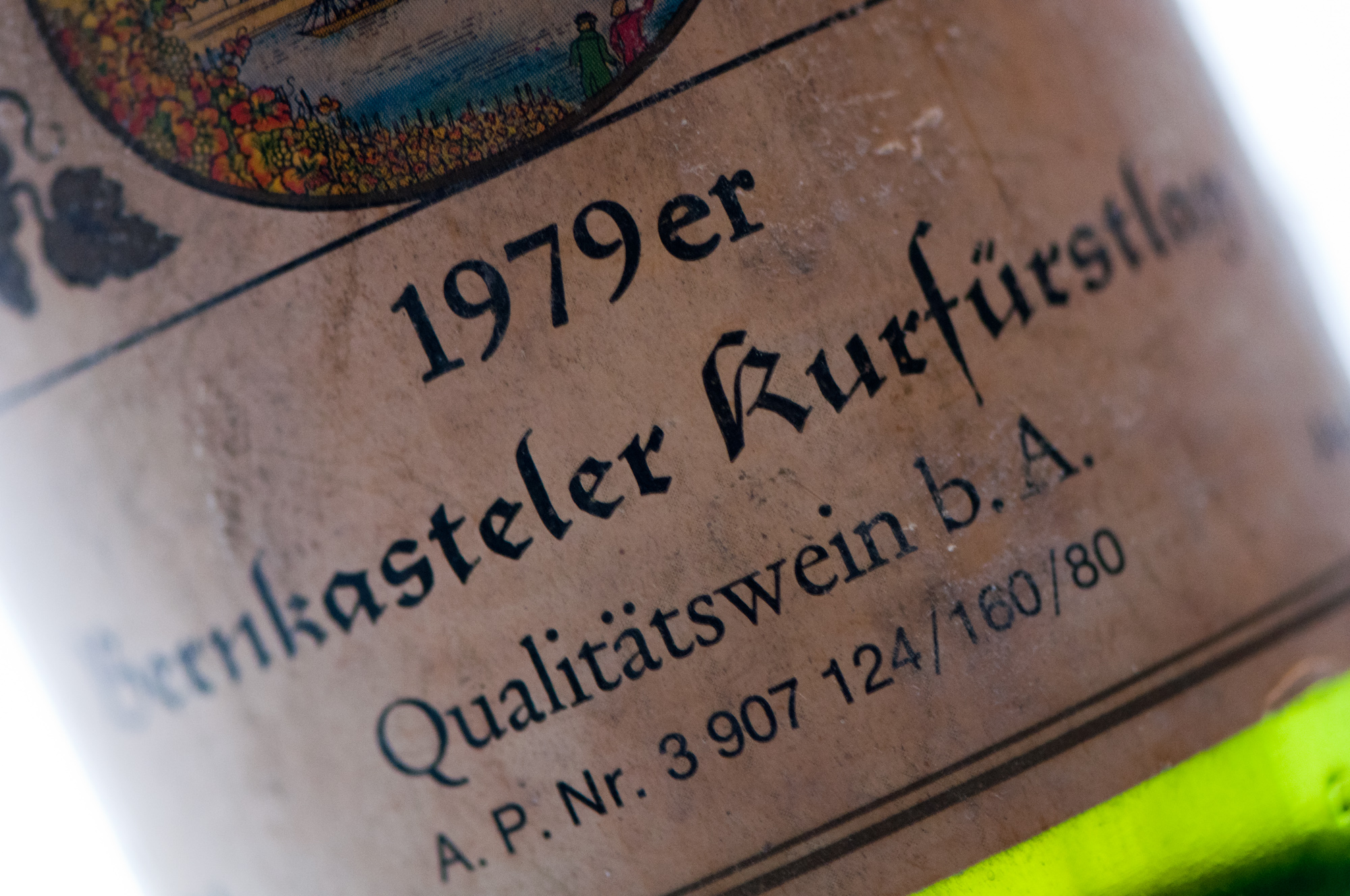
It would be even more respectable for a wine that back in the day cannot have been very expensive and may very well have been relatively cheap, mass-produced as this blend of unspecified grape varieties from the Mosel. Is it actually still drinkable?

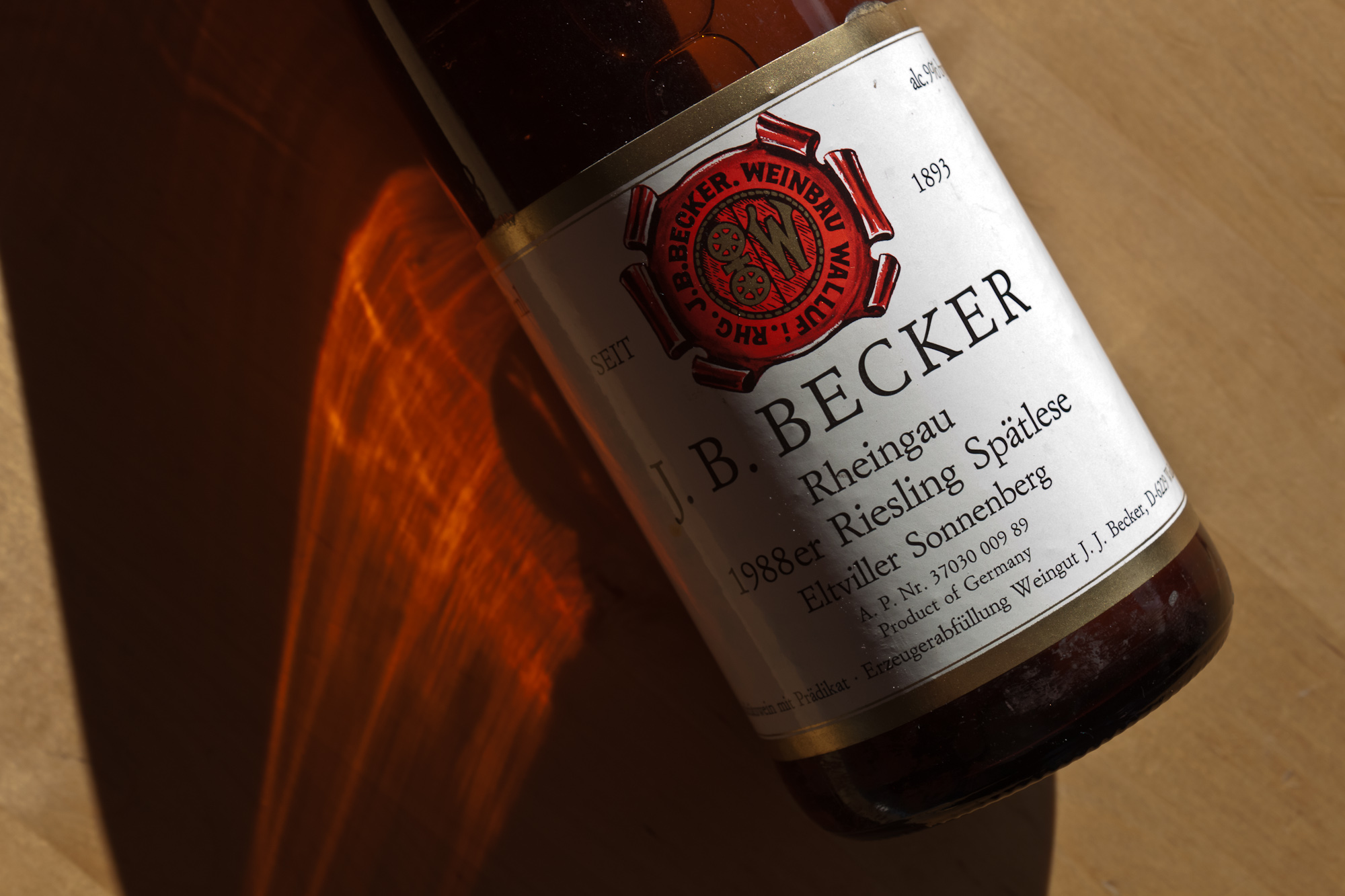
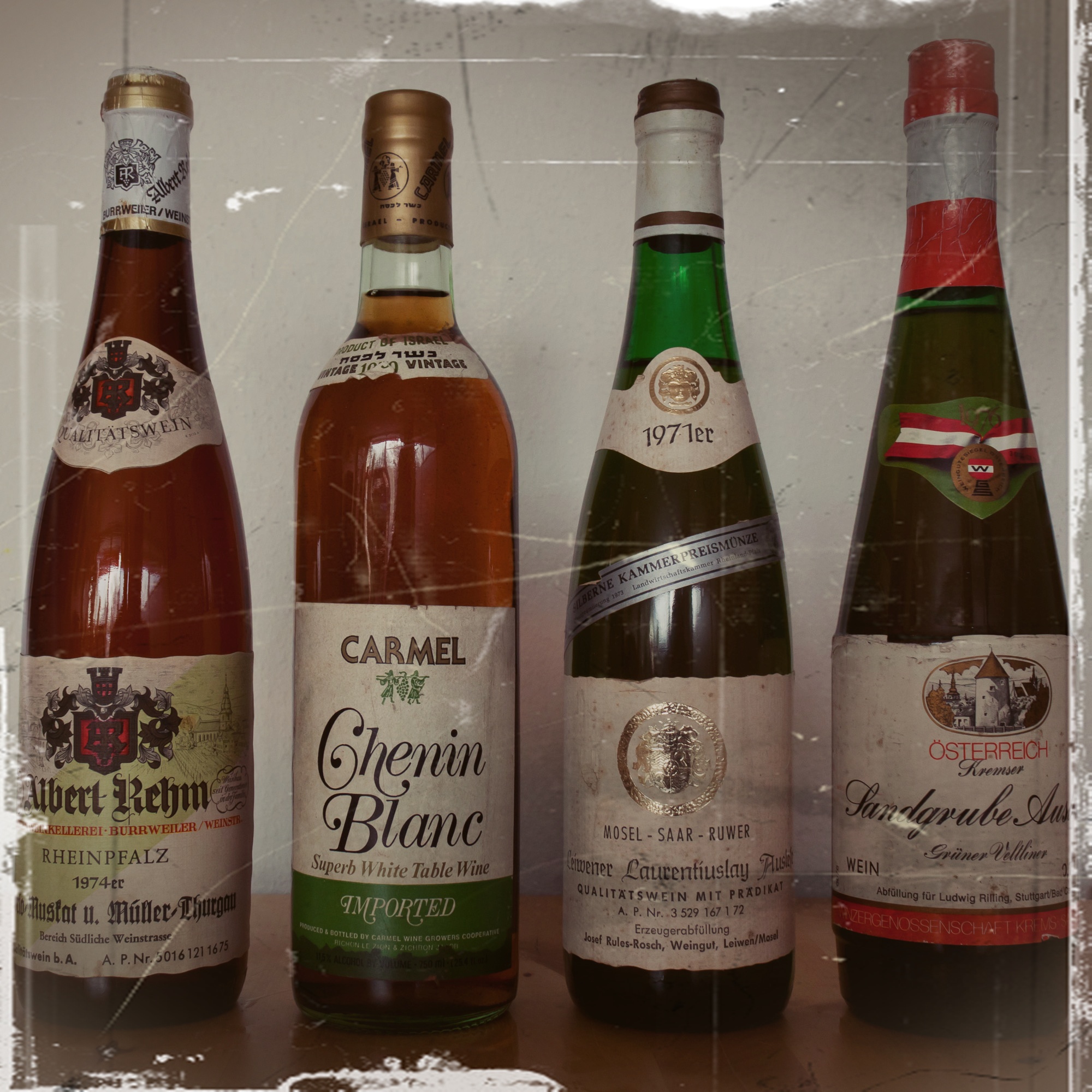 Here, then, is a little report about four random wines whose history is open to anyone's imagination and who have absolutely nothing to lose in terms of taste.
Here, then, is a little report about four random wines whose history is open to anyone's imagination and who have absolutely nothing to lose in terms of taste. 